Job Training Lesson for Project Work
Here is an introduction to lessons at CGK Afterschool.
CGK’s two-month-long project works will be based on the main “Driving Question”.
Here are the Driving Questions for this “Job Training” lesson.
“How can we learn more about ourselves through our own family history?”
We followed this question with fun lessons each week that drew the student’s interest.
Here are the comments of Mr. Dan and Ms. Heather, the teachers who were in charge of the lessons.
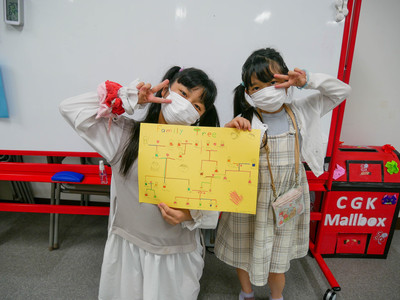
Week 1 - Heather
We began by looking at the question “What is a historian?” Students brainstormed ideas about what it is by identifying that it was “like history”. They expanded by sharing their ideas that history is:
- A story (true)
- Something that we can find
- Sometimes is scary (War)
- Sometimes is not scary (The first Olympics)
- Before now
Based on these things, they agreed on their definition that “History is something that we did.” They then looked more at the word “historian” and identified that “histor” is “history” and “ian” is something else. By discussing other examples like vegetarian and librarian they could understand that the “ian” is person or people. We discussed how people and history could be related and they came up with the definition that “A historian is someone who writes stories, knows history, and researches history.” To follow-up, they were posed with the question, “Does everyone have a history?” They decided after some discussion that everyone has a history, and the activity was introduced. They were asked to read about Conan and find information about his history. They worked in groups of three or four to read and write what they found.
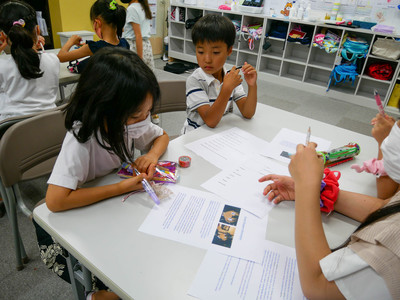
Week 2 – Dan
Students brainstormed what History, Historical event, and Historian were and discussed examples of each. Students were presented with the sentence “If we don’t learn from our mistakes, we will make the same mistakes many times” as a way of explaining why history is so important. Students were then presented with five historical events: the moon landing, Martin Luther King’s civil rights speech, and the inventions of the ship, car, and plane. We discussed as a class why each of these historical events was important and we discussed at length the main idea behind Dr. King’s speech in kid friendly ways. Students were then spilt into pairs to discuss and rank the historical events in order of importance. The idea behind this activity was to show the children that historical interpretation is a matter of perspective and that what one person will see as the most important may not be so important to another person. Each pair presented their list and explained their reasons behind their thinking. Dr. King’s speech was almost unanimously ranked at number one, but all the others had so much variation that the students could see how important different perspectives and interpretations are in history. Students then had the chance to review their work from the previous week regarding the information extraction activity about Detective Conan.
Having explained that they were doing this for two reasons;
1. Because information extraction is a very important tool for a historian (looking at so many sentences and finding the key one or two words) and
2. Because this will be practice for when they need to interview their families in week 4 and extract the information at CGK.
Students were given the chance to redo the activity and had a lot of success with it. I was very impressed with their focus and teamwork today!
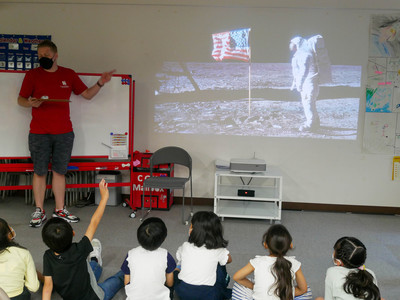
Week 3 – Dan
Students were introduced to what a family tree is in preparation for making their own family tree. Students were shown different styles of family trees and they gave their ideas as to what a family tree is and what it could be used for. Looking at a slide show of Mr. Dan’s family tree, students were asked to guess what member of the family each picture belonged to and had a casual discussion about it. Students were then given help booklets that listed all the family roles in a family from brother to ancestor and described then. Using this information and working in two teams’ students took family role magnet cards and had to arrange them on the white board to form a big family tree. Students were not expected to come close to finishing this activity as it was incredibly hard and was more of a gate way activity. However, I was amazed at how well they worked together and how close they got to getting all of the correct positions. Students were then told that they were taking their interview packs home to interview their parents or grandparents. Mr. Dan explained what they needed to do and how the information would be used in project time. Finally, students were given student interview packs and clipboards so that they could practice interviewing with a partner. In presentation time, students who had made clothes in the fashion center earlier in the day were able to present them in a fashion show.
Week 4 – Heather
We started the lesson by reviewing what a family tree is and then talking about an example.
Teacher’s example included new ideas related to transgender, half-siblings, adoption, and divorce as her family is a little complicated. Many of the students were able to ask follow-up questions related to how these concepts are applied to real people. By learning about these ideas, the children could broaden their understanding of how families differ.
After discussing teacher’s tree, the students were introduced to various designs of family trees and were asked to create their own based on the information that they had collected from their families in their packs.
The second-year students were able to demonstrate a lot of creativity and understanding related to the topic.
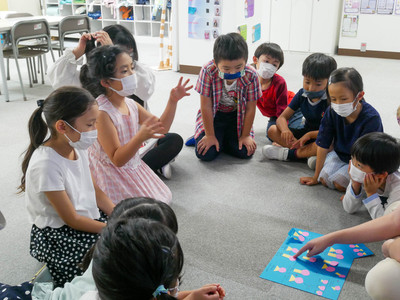
Week 5 – Heather
In preparation for creating a Venn diagram comparing then and now (the person that they interviewed and themselves), the students recorded information about themselves. They answered the same questions that they had asked their family members at home. Some of the children struggled with the language and many wanted to make sure that they had perfect spelling, so there were many questions about how to spell this and that. We hope to encourage the children to use more creative spelling in the future.
This activity will help them to extract and compare information between themselves and their family member next week.
Week 6 – Heather
This week we started by talking about how presentations will be done and asked the children to think a bit about what they want to talk about for the presentation.
Afterwards, the children were introduced to the final part of the project – Comparing their lives with the lives of the people that they interviewed.
They then got started on making their own comparison posters. They were able to make a bit of progress, but will need to finish them next week.
At the end of the lesson, we started assigning some parts for presentations and some children volunteered to talk without a script.
Week 7 – Heather
This week the children focused on presentation practice and continuing their Venn diagrams.
Many of the children were able to pick out some interesting facts and differences between themselves and their family member. However, many struggled to identify the things that were the same.
Most of the children were able to complete or mostly complete their Venn diagrams.
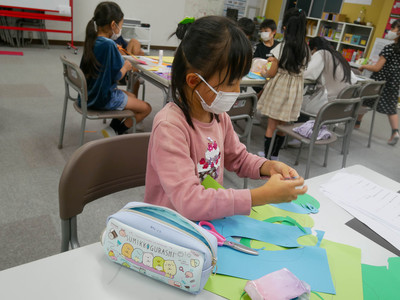
Week 8 – Heather (Presentations)
Many of the children chose sections of the presentation to do without scripts. They looked at a PowerPoint for guidance or held items that they had worked on and then talked about the points that they felt were important.
On this day, two children provided videos that have been included in the PowerPoint instead of speaking during the presentation time.
Overall, the students did a great job with this presentation. Some are still working towards listening to their peers when they are talking, sitting nicely throughout the full presentation time, and speaking clearly. However, some of these aspects can be improved through practice.
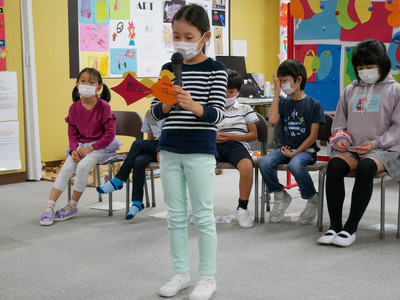
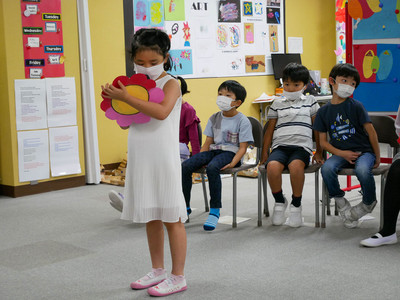
Most of the students were able to present in their own words without reading the script.
This is a tremendous growth and a wonderful skill, and the ability to express oneself, which is so important at CGK, is definitely being acquired.
I hope that the students will continue to enjoy presenting their work and taking on new challenges.
Author Profile
-

-
Saeda Sueki-Au-Yeung - School Director (Japan)

School Director of CGK International School.
Graduated from a 4-year university in America, joined women's soccer team (National Champion).
After working in childcare and management at CGK Preschool and CGK Afterschool, she became the director of the entire CGK International School.



